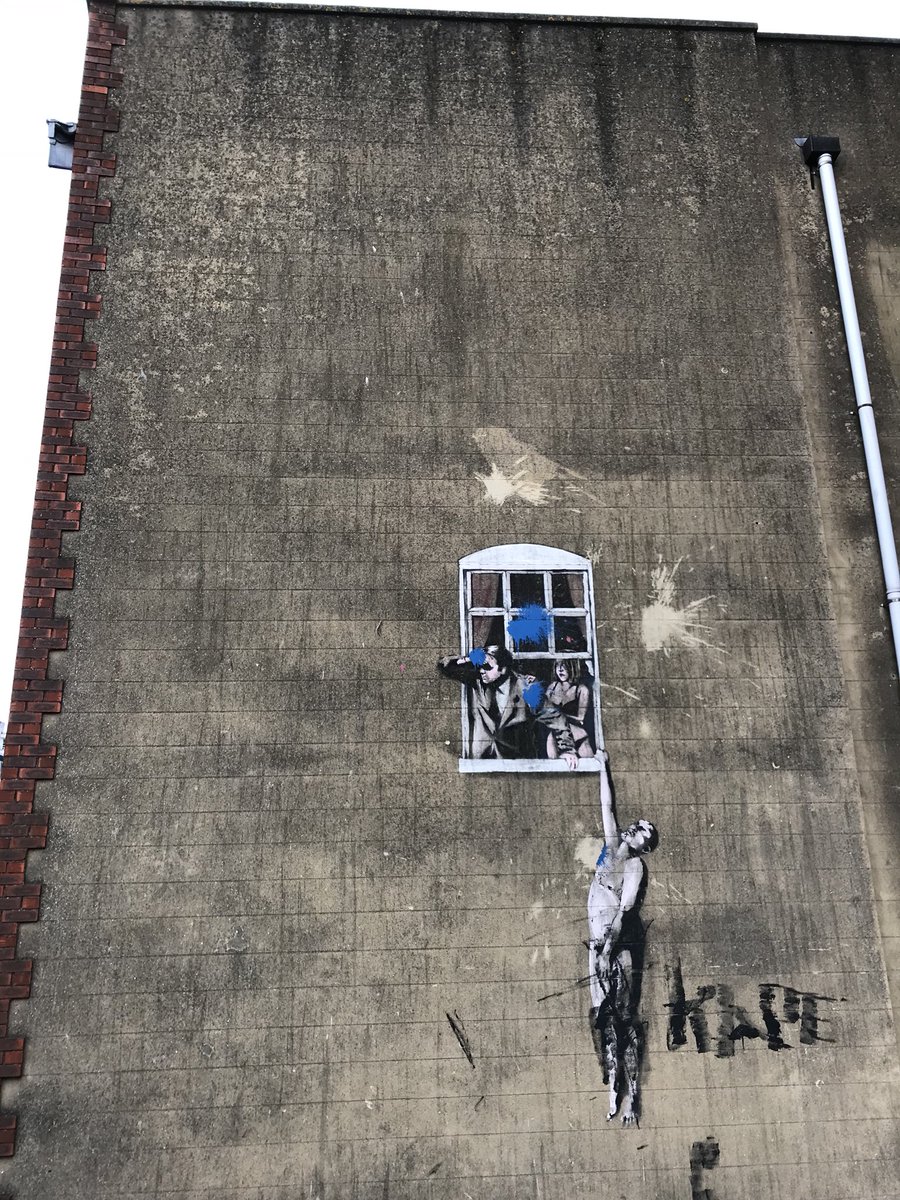There are two distinct areas of training.
One is called Standard Operating Procedures (SOP).
This is for the normal days. At 6am, you fly from A to B. B to A. A to C and home to A in time for the evening news.
That type of training, when all systems are functioning, is the easier part of the job. It is routine. It is to an extent, predictable.
Because when you lose these systems, your SOP becomes a whole lot more complicated
Some of you believe the automation in modern aircraft to be ‘sentient’. Far from it. It will always need human input.







